|
Well January sure flew by in a hurry. When the clouds come down to us, we don't have to fly up to them, so it's been a little quiet around here. We hope everyone has stayed safe in the winds, and enjoyed the winter snow. A quick trip to Arizona was reassurance that the sun does still exist and it will be back hopefully sooner than later. Saturday Social This Saturday is our monthly social at 10 am at The Muk. Join us this 1st of February for some coffee and breakfast with fellow aviation enthusiasts. If you can't find us just ask the staff - we have lately had the great fortune of having the stage in the back roasting area. What's Happening at W10? The clearing and grading permit for several of our upcoming projects was approved so we are continuing to move forward as best as we can. We will be minimizing any disruption to the runway and aircraft operations but will let you know by email and NOTAM if anything comes up. Private Pilot Ground School We are pleased to announce that we are looking at starting another ground school session on Tuesday, March 10th, 2020. Classes would be held from 6-8pm on Tuesday and Thursdays for 10 weeks. If you are interested please let us know so we can start getting a head count. If you have any questions about ground school please contact Dave Bennett at [email protected] or Tara or Sky Rudolph at W10 via email at [email protected] or call us at 360-321-0510. Tuesday Talks (Name to change so other days are not excluded) We had a productive discussion at the Tuesday talk held on January 21st at the W10 classroom. Geoff Woodard hosted discussion on the importance of flying a heading or tracking the runway centerline after take-off. He also emphasized the responsibility for pilots to understand ATC clearances and be willing to ask for clarification or even refuse (UNABLE) commands when they may not be in the best interest of safety. We watched a chilling video re-enactment of an incident that took place in 1999 where both pilots and ATC were confused because of low visibility conditions. Geoff received his 1st airplane ride at four and a half from his father. He has wanted to fly ever since. He earned his private license at 17 and went on to get his commercial rating at 23, towing gliders. In 1984 he started flying a charter Twin Otter and went on to fly for seven different airlines. He has flown 727, 737, 757, 767, A320 and A330 airplanes. He is presently working on his instructor rating and plans to eventually instruct in sea planes, gliders and tail draggers. He owns a Piper Super Cub on floats that he keeps in Kenmore, Lake Washington. Taxiway Talks Our next Taxiway Talks are in the makings and are just trying to finalize scheduling, so stay tuned and we'll let you know the topic and dates/times as soon as possible. Career Day at SWHS We received a request to come speak to some students at SWHS regarding aviation careers. We had a great variety of backgrounds represented and wanted to thank Rick Ludtke, John Githens, Geoff Woodard, Petek Saracoglu and Sky Rudolph for taking time out of their afternoon to try to open the aviation door to students that may be interested in learning more about aviation careers. Instructor's Corner As a non-towered airport, we at W10 are big fans of the FAA Advisory Circular AC 90-66B, “Non-Towered Airport Flight Operations”. This AC was revised just last year to provide updated information, including discussion of unmanned aircraft (drones). The full document can be found here https://www.faa.gov/documentLibrary/media/Advisory_Circular/AC_90-66B_CHG_1.pdf and is definitely worth a read. Some of my favorite points include:
W10 Swag Currently there are Cinch Bags ($15) and W10 oval vinyl stickers ($5) and now NEW 50 sheet post-it notes ($3) available so you can represent your favorite little airport in the woods. All proceeds go towards the airport to help with maintenance and improvement projects. We got a little peek through the clouds today at some blue sky. Our hope was renewed! Tara and Sky Rudolph Phone 360-321-0510 e-mail: [email protected]
0 Comments
Leave a Reply. |
Newsletter Sign-upPlease visit our contact page to sign up for our newsletter!
Archives
November 2023
Categories |
Site powered by Weebly. Managed by Hostmonster
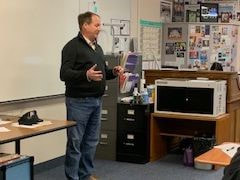
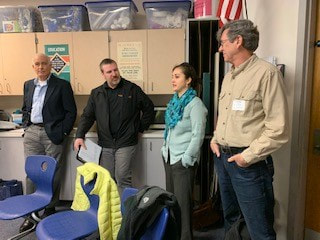
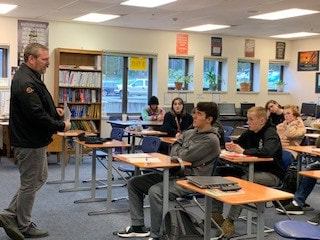
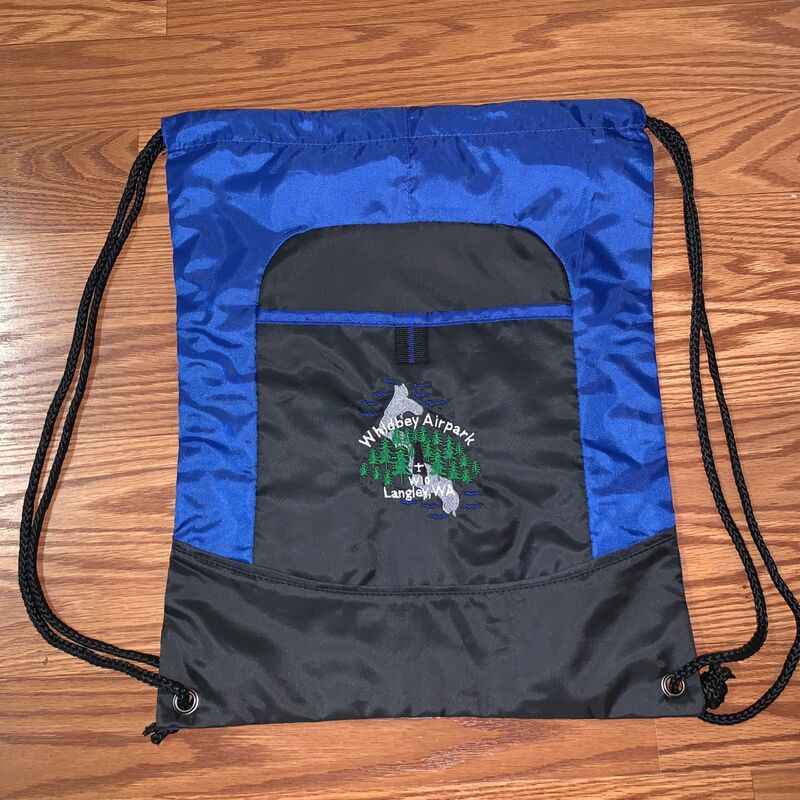
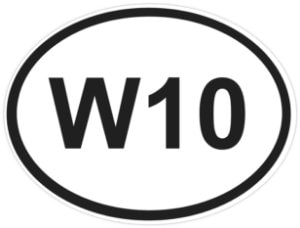

 RSS Feed
RSS Feed